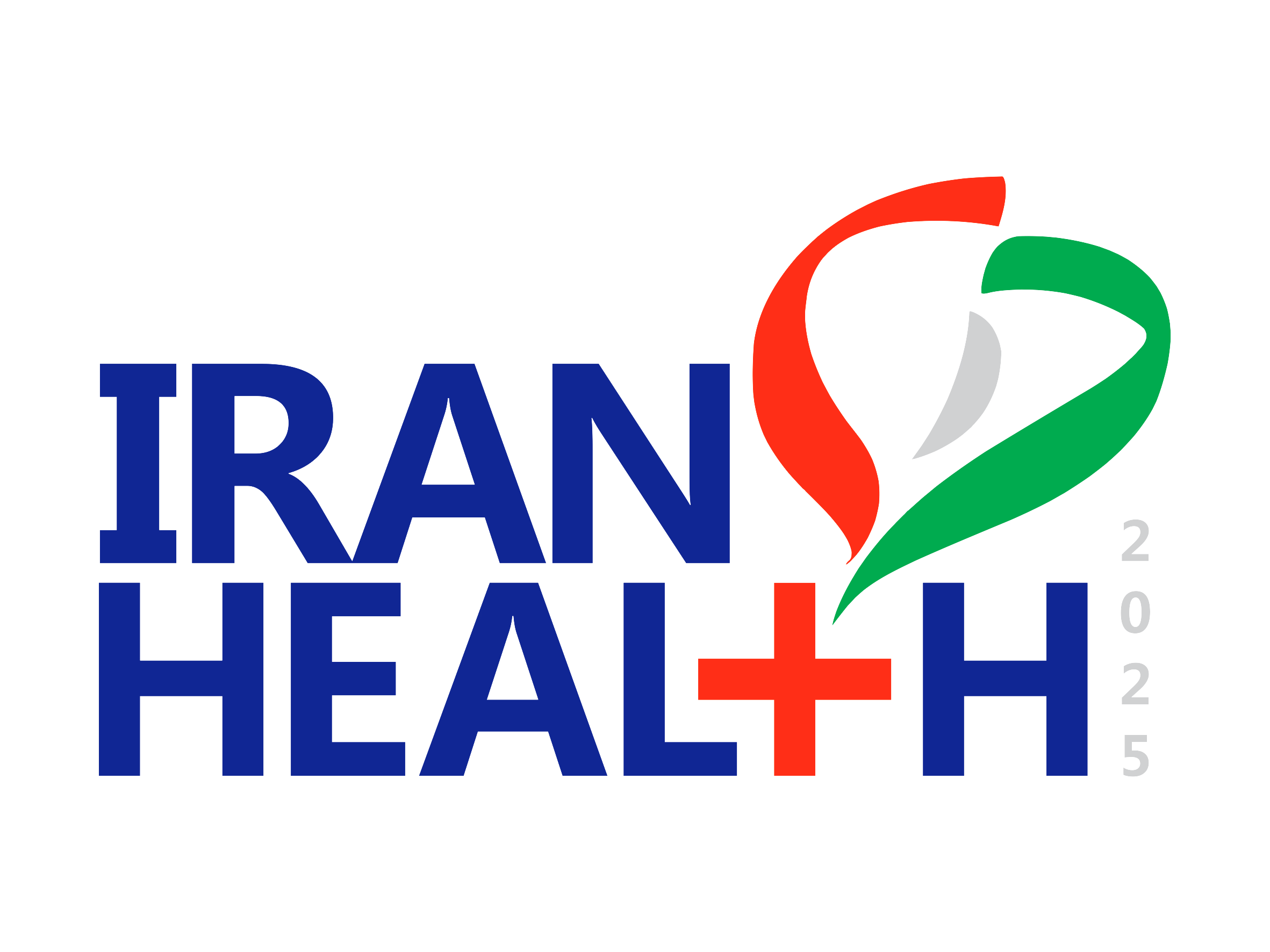“Risk Management” and “Clinical Evaluation”: Two Key Pillars for Obtaining CE Certification

June 10, 2025 – In the pathway to obtaining CE certification for medical devices, comprehensive implementation of international standards—especially in “risk management” and “clinical evaluation”—is essential. Detailed documentation, thorough risk analysis and control, performance assessment, and general safety are all fundamental requirements for CE compliance and must be integrated into the organization’s management system.
For every General Compliance Requirement (GCR), strong and traceable evidence must be provided, properly categorized and recorded for future reference. Accredited laboratories conducting technical, biological, or microbiological tests must be certified under ISO 17025, ensuring that all studies include detailed protocols, reports, and appendices.
Risk management strategies must adhere to ISO 14971, with all processes being precise, controllable, and well documented. These requirements apply throughout the product lifecycle—including post-market reviews and internal audits. Conformity with standards such as ISO 13485, ISO 14971, and IEC 60601, along with a robust traceability system, is critical for CE approval.
Common reasons for rejection of CE applications include incomplete documentation, inadequate technical design, insufficient or improper risk management evaluation, lack of compliance with international standards, insufficient product testing data, and absence of a post-market review plan.
Clinical evaluation is another vital process, shaped by the product type, mode of use, risk class, clinical studies, and MDR/IVDR regulations. These evaluations must be evidence-based and fully aligned with European Union regulations, as no local review process is accepted. Proper implementation of risk management and clinical evaluation underpins both product safety and regulatory approval for entry into international markets.
